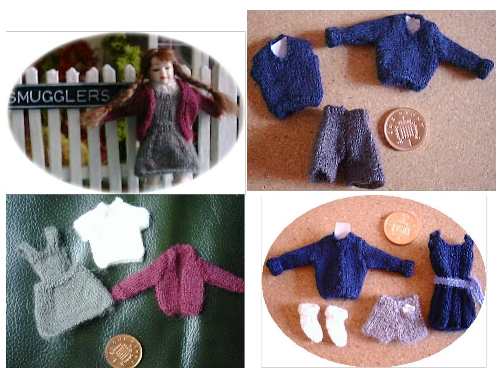
Some of you may fondly remember your school uniform as a dress code that did not alienate rich and poor and acted as a symbol of togetherness. For others it was a sign of oppression and curtailment of freedom, the first cause that made you a rebel. For those who took the second view ways of undermining the dress code, without being punished for it, were rife. A ridiculously shortened tie, coloured socks or a non-standard shirt or blouse were little jibes at ‘the establishment’.
Various studies have been undertaken as to the effect school uniforms have on pupil behaviour. The results have been varied to say the least, with one study finding no effect on attendance or behavioural problems, to another that said uniforms encourage attendance.
Whatever the effect of school uniforms today, the history of it can be traced back in the UK to the 16th century. Christ’s Hospital set up in 1552 in Newgate London, for the education of the poor is believed to have been the first to introduce a uniform. The long trench coat like uniforms were dyed blue as this was the cheapest colour available and pupils were known as ‘bluecoates’. Much of the early history of the school uniform is associated with the fee-paying schools whose wealthier parents could afford the tuition, boarding fees and uniform.
This was to change in the UK in 1870 when free primary education for all children was made available. School uniform was encouraged in the state system of education and the dress code of the time saw boys in blazers and shorts until well into teenage years. For girls a blouse and tunic gave way to as a pinafore dress or jumper dress, a sleeveless tunic and pleated skirt more often referred to as a gymslip when associated with physical education. A tie was common for both sexes. The school leaving age was raised to 15 and the provision of compulsory secondary education came in the 1950’s. This meant that uniforms were required for older children and this bought about the common form of school uniform we see today. This means for boys: long trousers, collared shirt and tie and a sweater, for girls: a knee length skirt or trousers, blouse and tie and cardigan. The blazer is also common especially in colder climates.
Many countries around the world have also adopted the school uniform to varying degrees. In Japan for example, school uniforms are universally worn to both private and state funded schools. Where a uniform is not compulsory, a dress code is common.
So whatever the setting is for your dolls house there is probably a school uniform or dress code that would suit your miniature children. Our range of 1:12th scale knitted school uniforms shown in the photo above may be found on the digital patterns section of this blog.